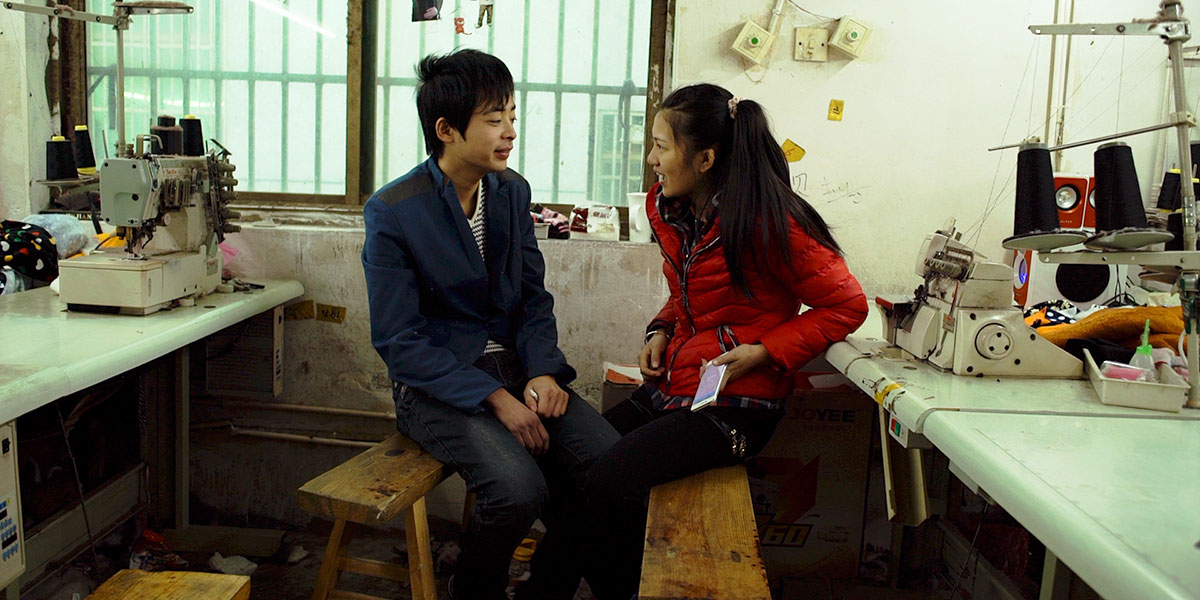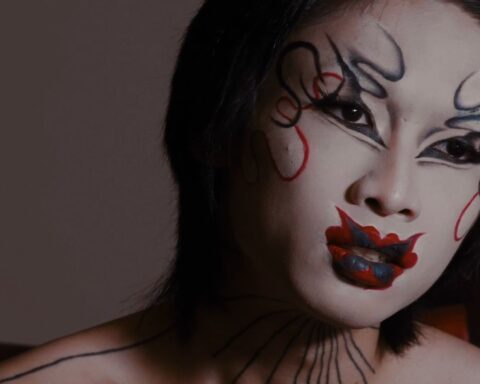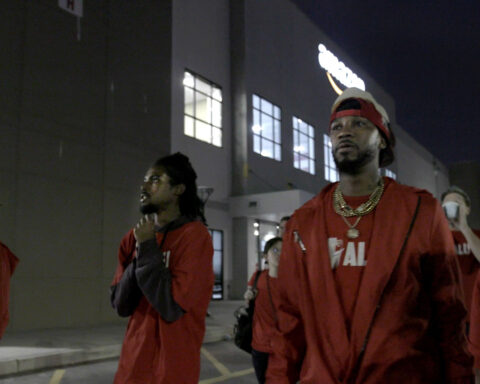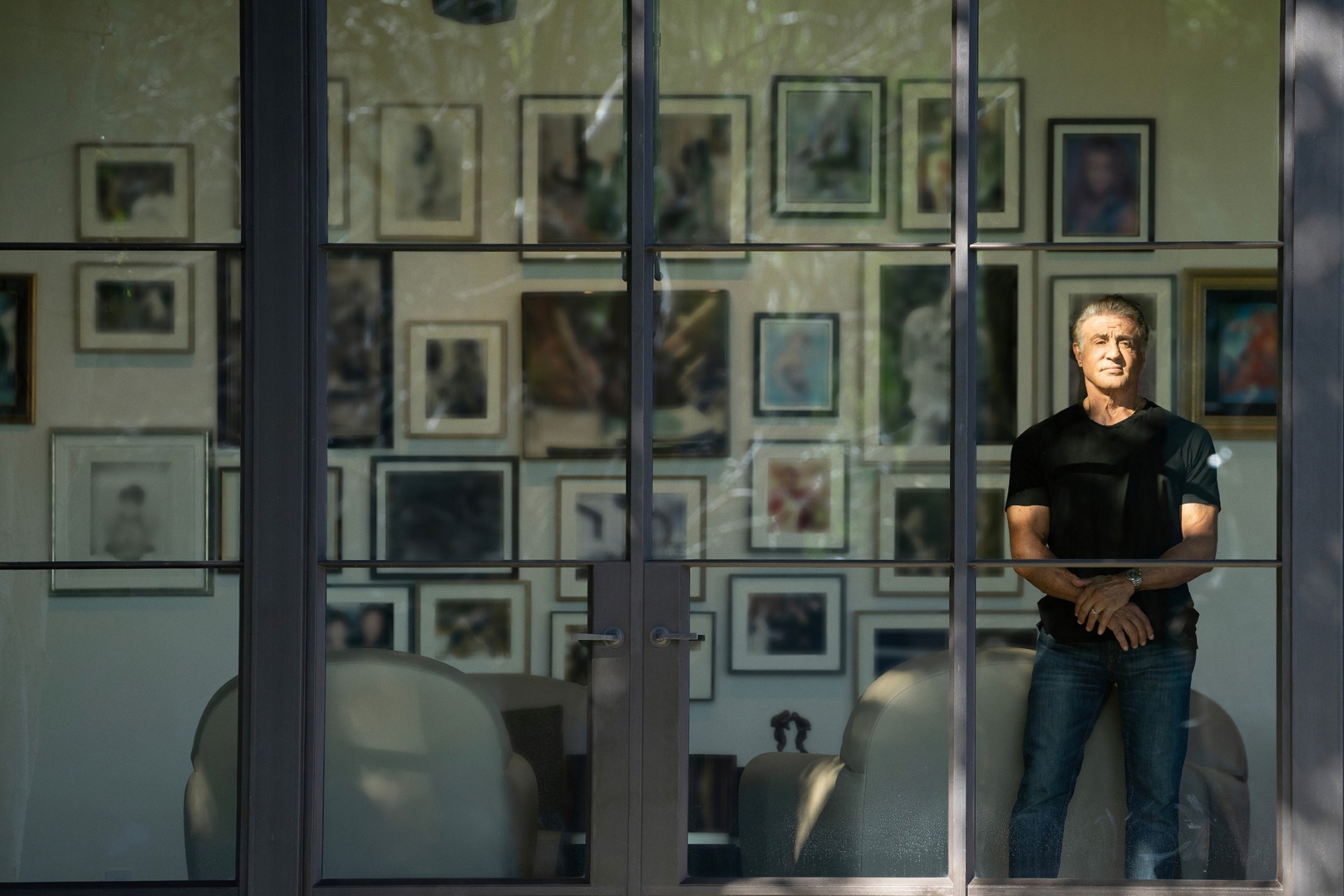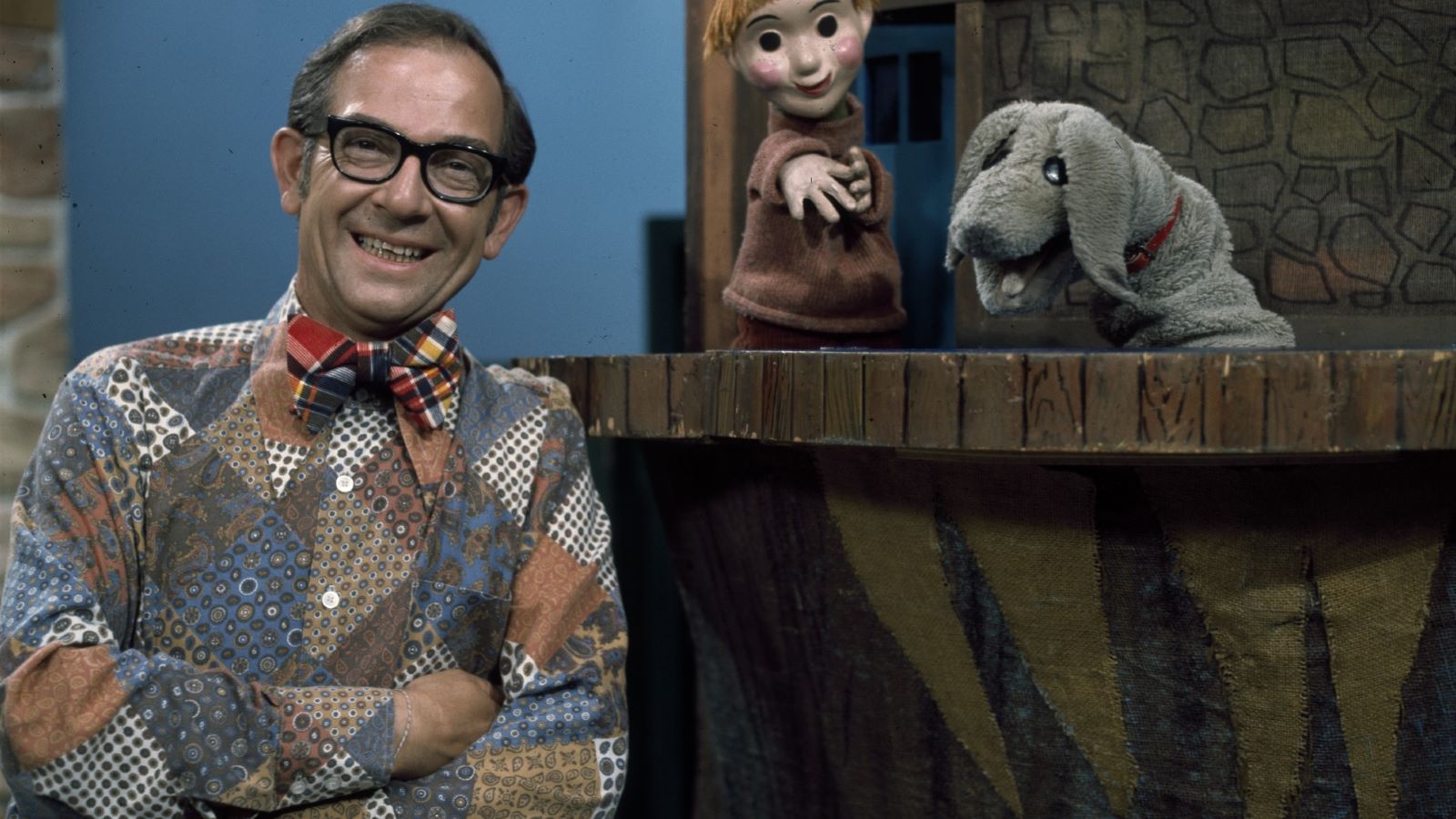Youth (Spring)
(France/Luxembourg/Netherlands, 212 min.)
Dir. Wang Bing
Programme: Wavelengths (North American Premiere)
The assembly line evokes a deeply inhumane process. Products move rapidly while machines and their human operators whirl, rhythmically churning out the flow of cheap goods that fuel capitalist society. Wang Bing (Mrs. Fang), however, looks at the men and women behind the machines in Youth (Spring), his demanding feat of durational cinema that captures stories from the factories in a Chinese garment district. Shot over five years in the cramped production floors of clothing manufacturers, Youth observes a generation of human flow. People in their late teens and early twenties venture from the provinces to the industrial hub of Zhili. Farming simply can’t provide for them in the way that earning a few yuan (barely $2 CAD) per piece can on the assembly line. China often champions its young people as the hope for the future, but Bing observes a generation short-changed by false promises.
Evoking a mechanical ballet in the fashion of Jennifer Baichwal’s Manufactured Landscapes, Bing presents a series of vignettes driven by repetition. The young labourers stitch, snip, and sew as quickly as they can. Paid by the piece, they must deliver products as quickly as they can—but do so cleanly enough to pass inspection. Youth observes the workers with a cadence timed roughly to 20 minute dramatic beats, but it eventually becomes something of a blur as the machines whir throughout all three-and-a-half hours of this meditative documentary.
Whirs and Financial Woes
Bing smartly gives fast fashion the slow cinema treatment in Youth as he immerses audiences in the sweaty cacophony of broken dreams that fuels their wardrobes. The young workers toil furiously, making clothes with hypnotic rhythms. The mechanical whirs are punctuated by the workers rousing from their collective slumber. As the machines drone on and on, and the workers’ nimble fingers dexterously weave the patterns through the heavy machinery, they begin to collectively recognize the value of their work.
Youth is a portrait of labour organizers as much as it is a series of snapshots of manual labour. As Bing tours various production houses in Zhili’s garment district, he observes shared fights among the ranks. In one workplace after another, labourers are asking for more pay. They assess the difficulty of their patterns and weigh them against the offered rate per piece. Workers quickly realize that the bosses are being stingy. They elect leaders and organize to request modest increases for pieces that require more time. These young people risk everything—their futures, the families they one day hope to have—by making the trip to the urban centre to toil daily for better pay. They should at least get that.
The bosses, however, don’t respect the workers. Bing captures this sentiment starkly. One plea for raises after another brings waves of verbal abuse. The shop talk invites managers to treat their employees as disposable. They have the upper hand by reminding them of the many people outside the factory walls looking for work. Bosses also blame poor sales for diminished returns for the workers, as if that’s their fault, and don’t even recognize the hours or working conditions as factors with which to compensate such tedious, repetitive, and manual work.
Look Closely, and There’s Hope
Drawing from over 2,600 hours of footage and telling the first stories of an intended trilogy, Youth reflects its immersion in its environment. The characters are comfortable with Bing’s camera, open, and candid. They’re simply too busy to be bothered by the fly on their wall, but their trust in Bing affords the film extraordinary access. Every moment of their lives on and off the workshop floor is on the table.
As the camera roams outside the sewing rooms, Youth observes an industrial wasteland that’s as barren figuratively as it is literally. Grey skies blend with the towering complexes of Zhili’s concrete jungle. Garbage piles up along the balconies, stairs, and common areas of the workers’ apartments. The workers’ quarters’ epitomize transience. Like the clothes they assemble, the workers are disposable, single-use goods. Bing harnesses the aesthetics of garbage to evoke an unsustainable future fuelled by the high-cost, low-reward demands of the consumer culture that traps these young people into such menial work.
Despite the hardships, many workers remain as hopeful as they can because the job endures as one of the better-paying options. They’re hopeful because they simply have to be. The workers remain united in their shared circumstances. They have each other’s backs and enjoy whatever reprieve they get during their 15-hour workdays to share hot meals and their outlooks for the future. The life ahead looks bleak as seen through these drab, harshly lit frames. Look closely, though, and one sees images warmed by hope. It’s good that Bing provides us so much time to recognize it.
Youth (Spring) premiered at TIFF 2023.
Get more coverage from this year’s festival here.
Update: Youth screens at Hot Docs Ted Rogers Cinema on Jan. 21.




